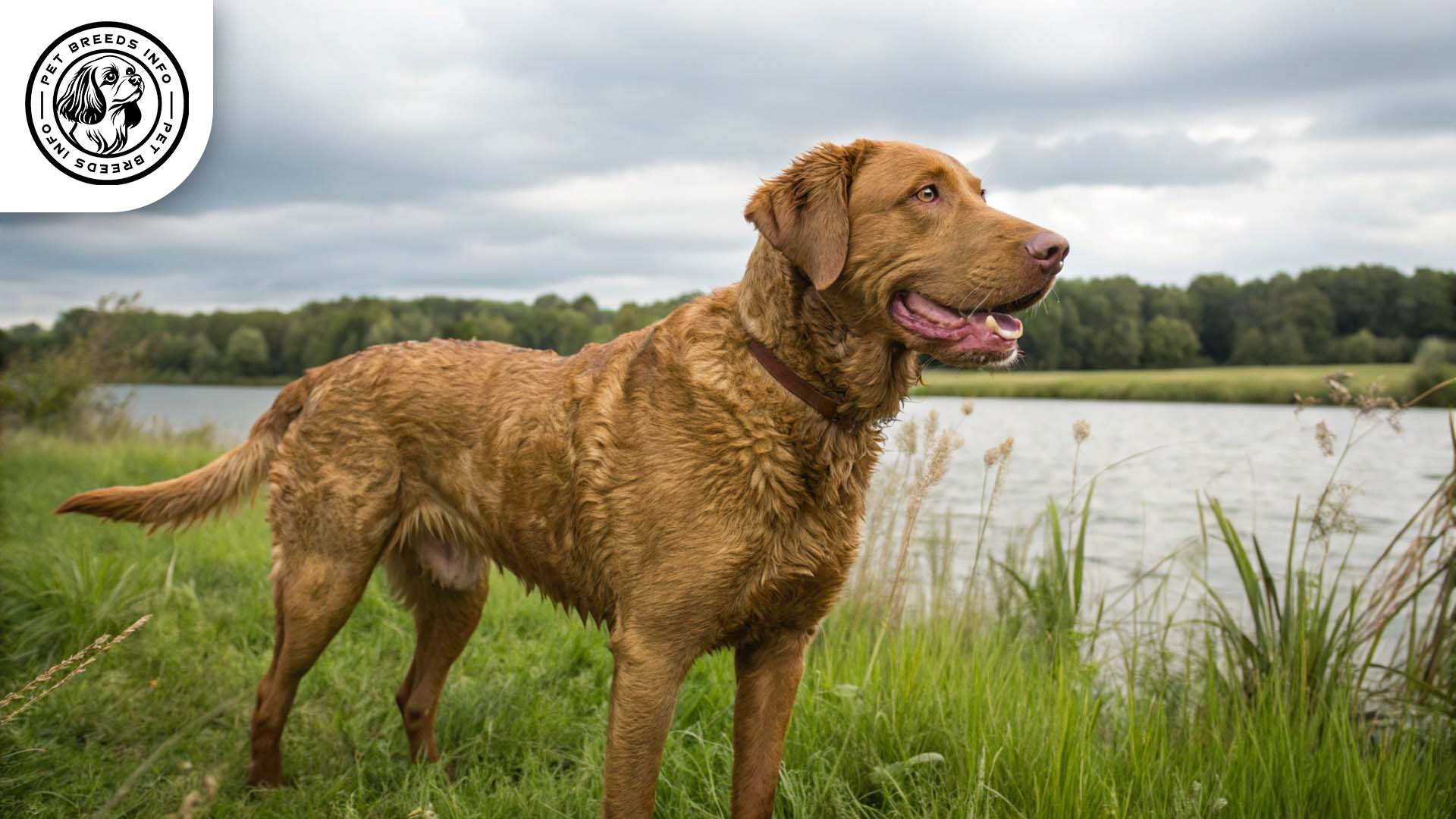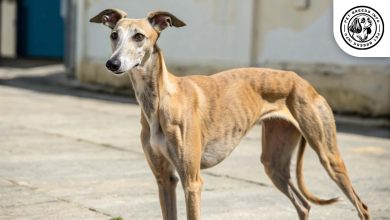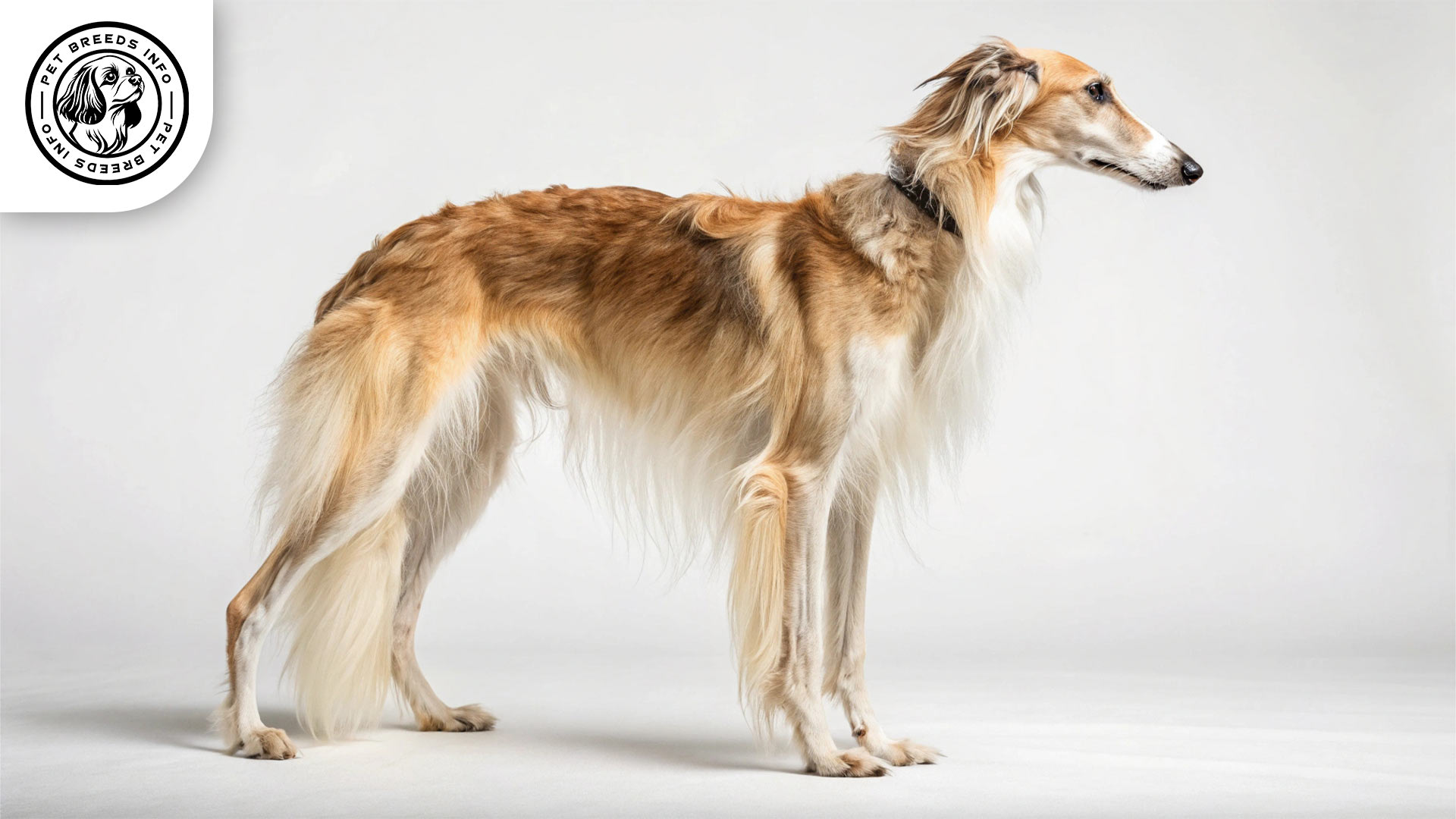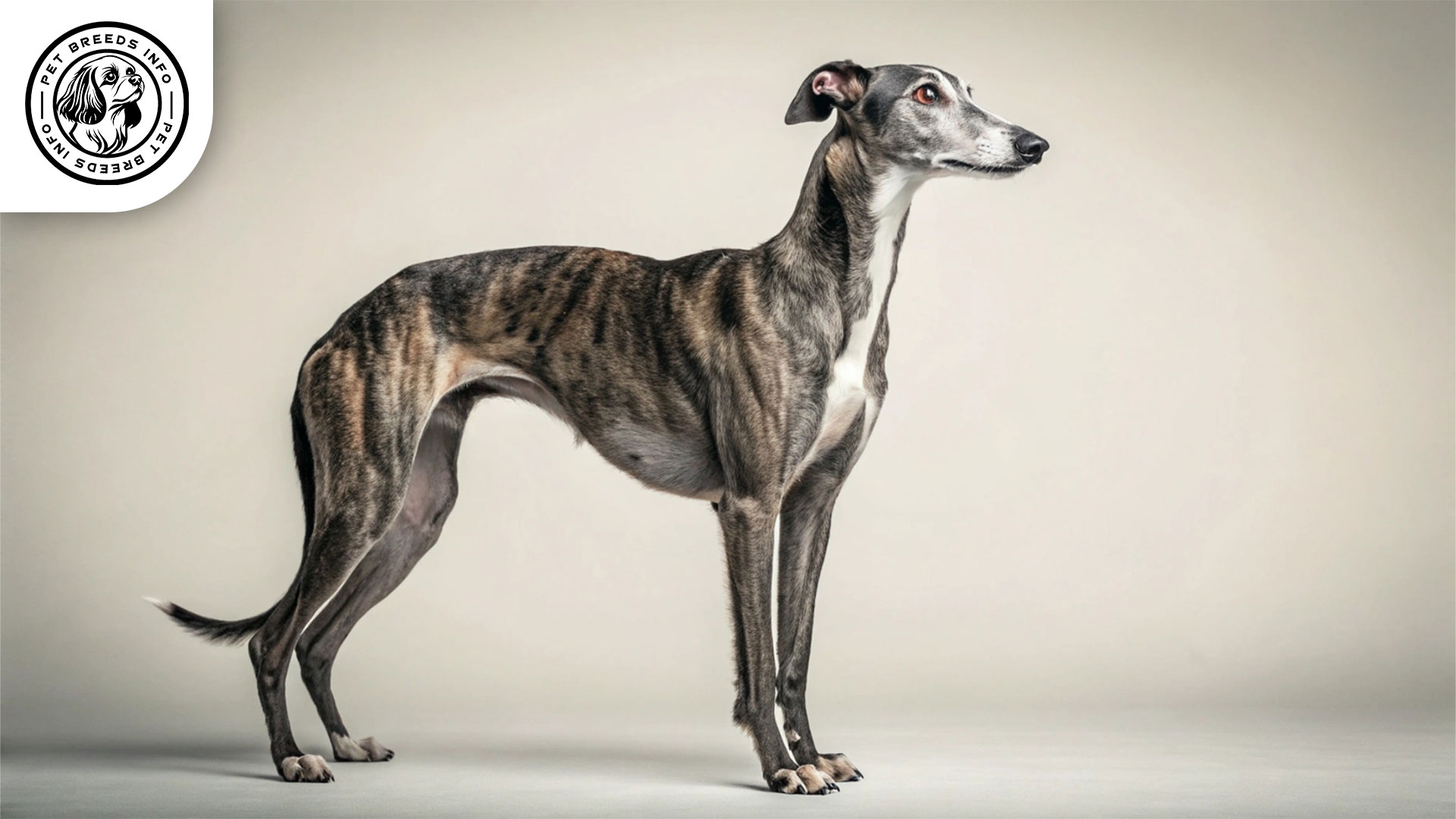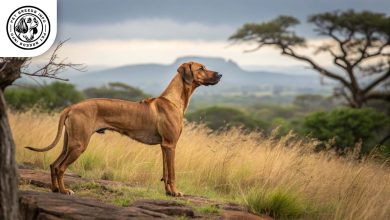Australian Shepherd Dog Breed: Size, Price & Personality
General Introduction of the Breed
The Australian Shepherd, often referred to as the “Aussie,” is a highly intelligent and versatile herding breed. Despite its name, the breed did not originate in Australia but in the United States. It was developed primarily to work on ranches and farms, excelling in herding livestock and performing various tasks. The breed gained popularity among American ranchers for its agility, intelligence, and strong work ethic.
Table of Contents
| Weight | Males: 50-65 lbs Females: 40-55 lbs |
| Lifespan | 12-15 years |
| Diet | High-quality, high-protein kibble, wet, or raw food. Adult: 1.5-2.5 cups daily (2 meals). Avoid certain toxic foods. |
| Care | High exercise (1-2 hours daily). Regular brushing (2-3 times/week). Routine hygiene (ears, nails, teeth). Moderate heat/cold tolerance. |
| Health | Prone to hip dysplasia, cataracts, epilepsy, PRA, and MDR1 sensitivity. Regular vet checks are key. |
| Color | Blue merle, red merle, black, and red, often with white markings and tan points. |
| Nature | Intelligent, energetic, loyal, affectionate with family, can be reserved. Good with kids/pets (with socialization). Strong herding instincts. |
| Price | Breeder: $600-$2,000 (lineage/color). Adoption is also an option. |
Physical Characteristics
Australian Shepherds are medium-sized dogs with a well-balanced and athletic build. Males typically stand between 20 to 23 inches tall and weigh between 50 to 65 pounds, while females are slightly smaller, standing 18 to 21 inches tall and weighing 40 to 55 pounds.
The breed has a medium-length, double coat that is weather-resistant. Common coat colors include blue merle, red merle, black, and red, often with white markings and tan points.
Australian Shepherds have expressive, almond-shaped eyes that can be blue, brown, amber, or even a combination (heterochromia). Their ears are medium-sized, set high, and slightly folded over. Their tails are naturally bobbed in some cases, though they can also be full-length and feathered.
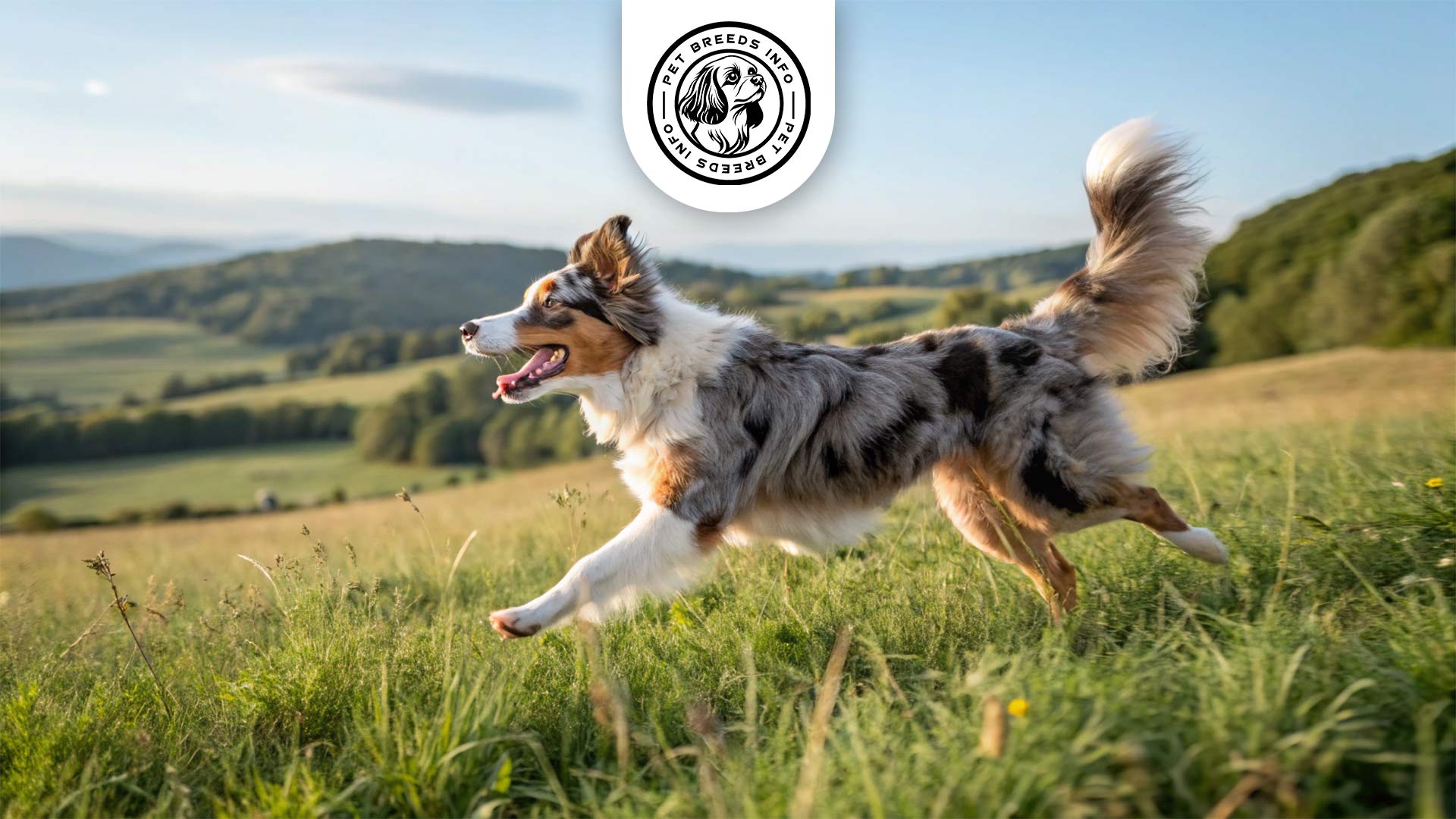
Read more: Australian Cattle Dog
Personality and Temperament
Australian Shepherds are highly intelligent and eager to learn, making them one of the most trainable breeds. They have boundless energy and require lots of physical and mental stimulation.
The breed is extremely loyal and forms a strong bond with its owners. They are friendly and affectionate with family members but may be reserved around strangers.
Aussies are generally good with children and other pets when socialized properly. However, due to their strong herding instincts, they may try to “herd” kids or other animals.
They are playful, agile, and sensitive to their surroundings, making them highly adaptable but also prone to boredom if not properly engaged.
Care and Maintenance Requirements
Australian Shepherds require a high level of exercise and should have at least one to two hours of activity daily. They thrive in homes with large yards but can adapt to smaller spaces if given sufficient exercise.
Their double coat sheds moderately year-round and more heavily during seasonal changes. Regular brushing (two to three times per week) helps manage shedding and keeps the coat healthy.
The breed has moderate tolerance to heat and cold but should not be exposed to extreme temperatures for prolonged periods.
Routine hygiene includes occasional bathing, regular ear cleaning to prevent infections, consistent nail trimming, and daily dental care.
Diet and Nutrition
A balanced diet consisting of high-quality dry kibble, wet food, or a raw diet is best for Australian Shepherds. Their diet should consist of high-protein sources to support their active lifestyle.
The breed is prone to obesity if overfed, so portion control is necessary. Typically, adult Aussies require 1.5 to 2.5 cups of food per day, divided into two meals.
Foods to avoid include chocolate, caffeine, onions, garlic, grapes, and excessive fatty foods.

Health and Common Medical Issues
Australian Shepherds are generally healthy but can be prone to certain genetic conditions, including hip dysplasia, cataracts, epilepsy, and progressive retinal atrophy.
They are sensitive to certain medications due to the MDR1 gene mutation, which affects their ability to metabolize some drugs.
The breed’s average lifespan is between 12 to 15 years. Routine veterinary check-ups, vaccinations, and preventive care are essential for maintaining good health.
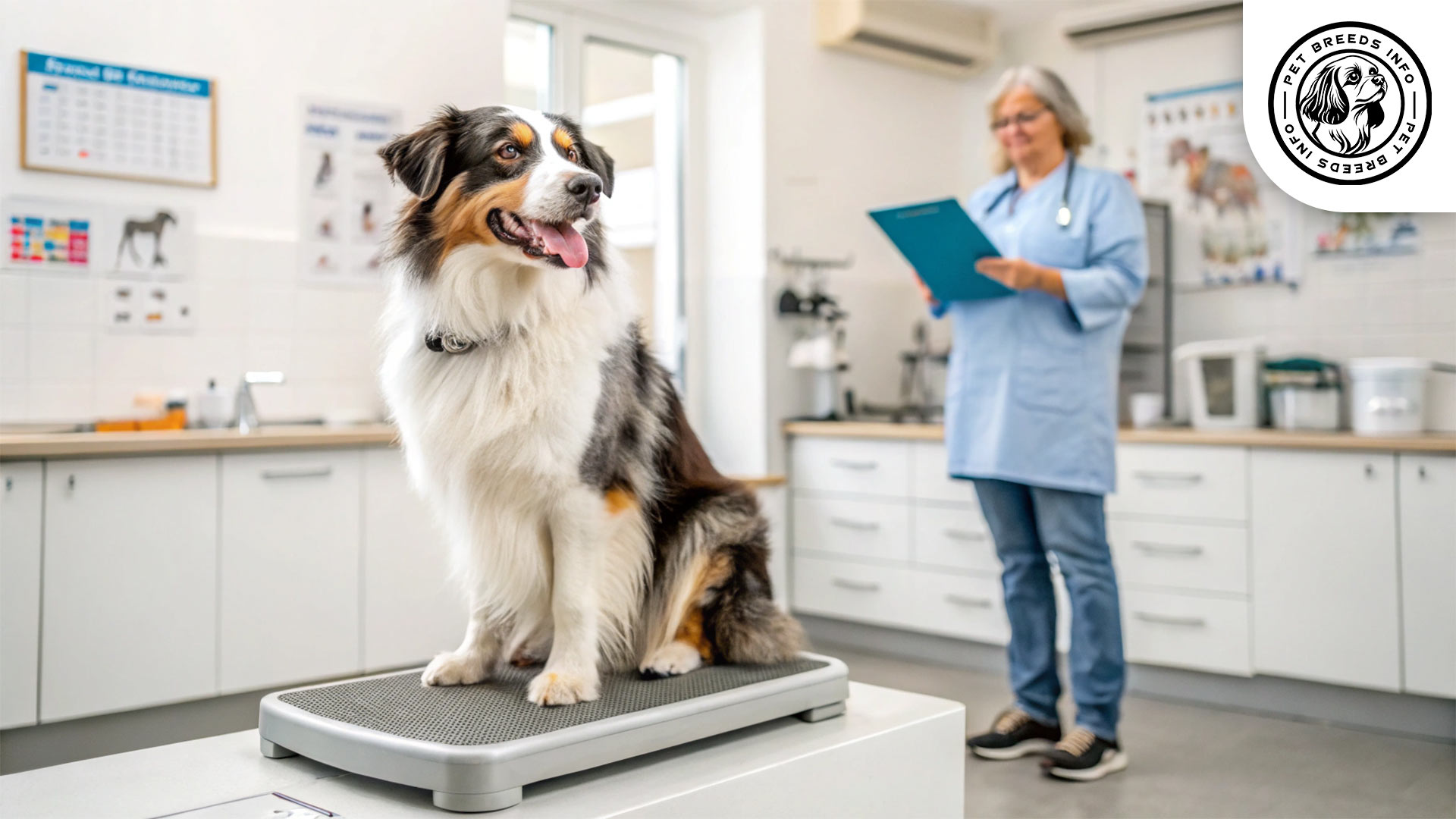
Training and Behavior Management
Australian Shepherds are highly trainable and respond well to positive reinforcement methods. They excel in obedience training, agility, and canine sports.
Early training and socialization are crucial to ensure well-mannered behavior. Exposure to different environments, people, and animals helps reduce shyness or excessive protectiveness.
Consistent training with clear commands reinforces good behavior. Mental stimulation, such as puzzle toys and interactive games, helps prevent destructive tendencies.
Read more: Anatolian Shepherd Dog
Interaction with Other Animals and Humans
Australian Shepherds are generally good with children when properly trained and supervised. Their herding instincts may cause them to nip at running children, so early training is recommended.
They can live peacefully with other pets but may attempt to herd them as part of their natural behavior.
The breed is best suited for active families or individuals who can dedicate time to exercise and mental engagement.
Aussies are highly devoted to their owners and do not do well when left alone for long periods.
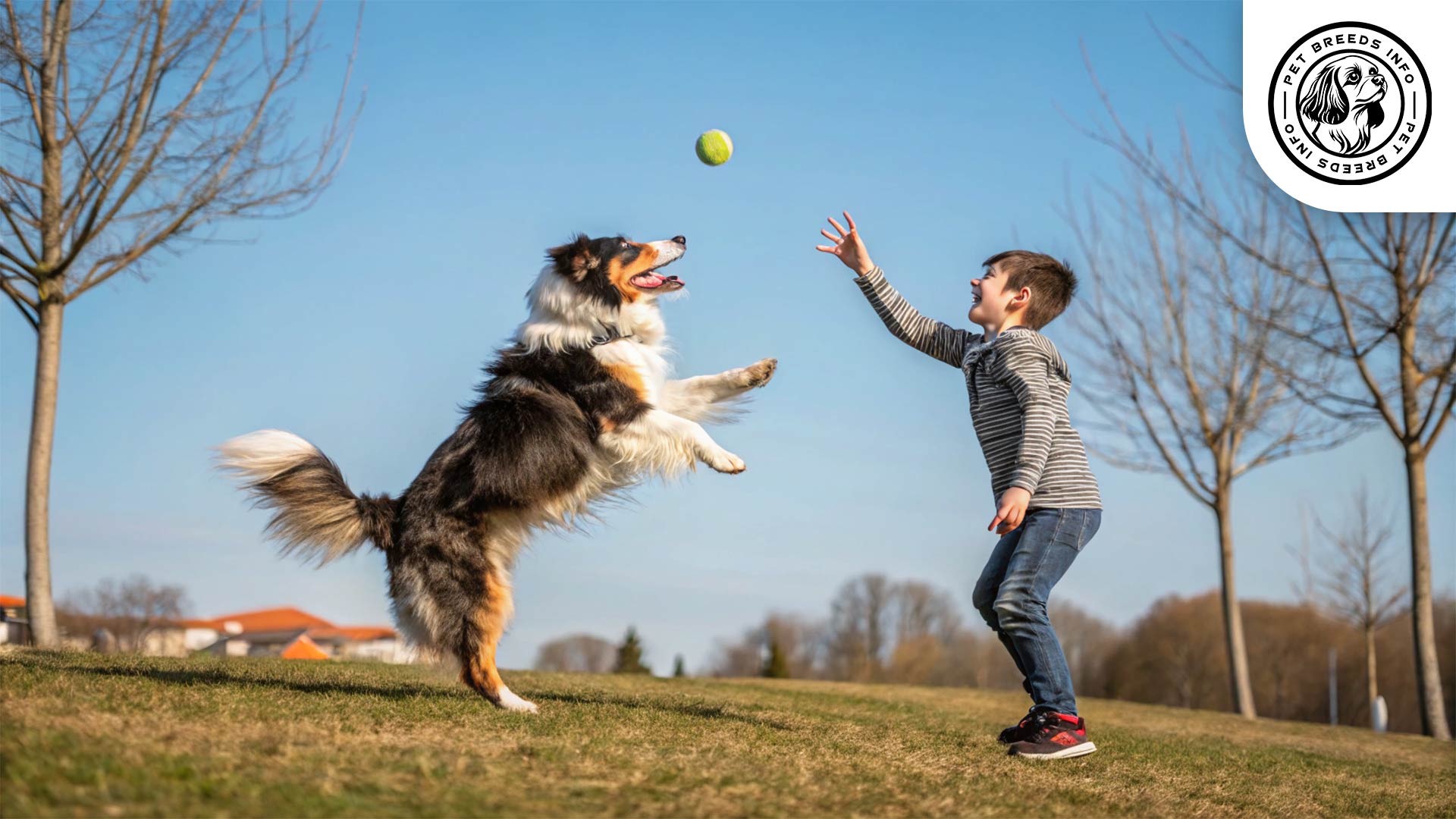
Price and Availability
The cost of an Australian Shepherd from a reputable breeder typically ranges from $600 to $2,000, depending on lineage and coat color.
Potential owners should look for breeders who perform health screenings and provide documentation of vaccinations and genetic testing.
Alternatively, adoption is an excellent option. Many breed-specific rescues and shelters have Australian Shepherds in need of homes.
Conclusion and Final Thoughts
The Australian Shepherd is a fantastic breed for active owners who can provide physical and mental stimulation. They require commitment, training, and engagement to thrive.
Ideal for families with ample space, they are intelligent, affectionate, and energetic companions.
Potential owners should be prepared for daily exercise needs and regular grooming. With the right care and attention, the Australian Shepherd makes a loving and loyal pet.
Read more: American Pit Bull Terrier Dog
FAQ
Are Australian Shepherds actually from Australia?
Despite their name, the Australian Shepherd originated in the United States, not Australia. They were developed primarily to work on ranches and farms in America.
How much exercise does an Australian Shepherd need?
Australian Shepherds are a high-energy breed and require a significant amount of exercise, ideally one to two hours of activity daily. This can include walks, runs, hikes, or engaging in canine sports.
Are Australian Shepherds good with children?
Yes, Australian Shepherds are generally good with children when properly trained and socialized. However, due to their herding instincts, they may try to “herd” children by nipping at their heels, so early training and supervision are recommended.
What is the grooming requirement for an Australian Shepherd?
Australian Shepherds have a medium-length, double coat that sheds moderately year-round and more heavily during seasonal changes. Regular brushing two to three times per week is necessary to manage shedding and keep their coat healthy.

